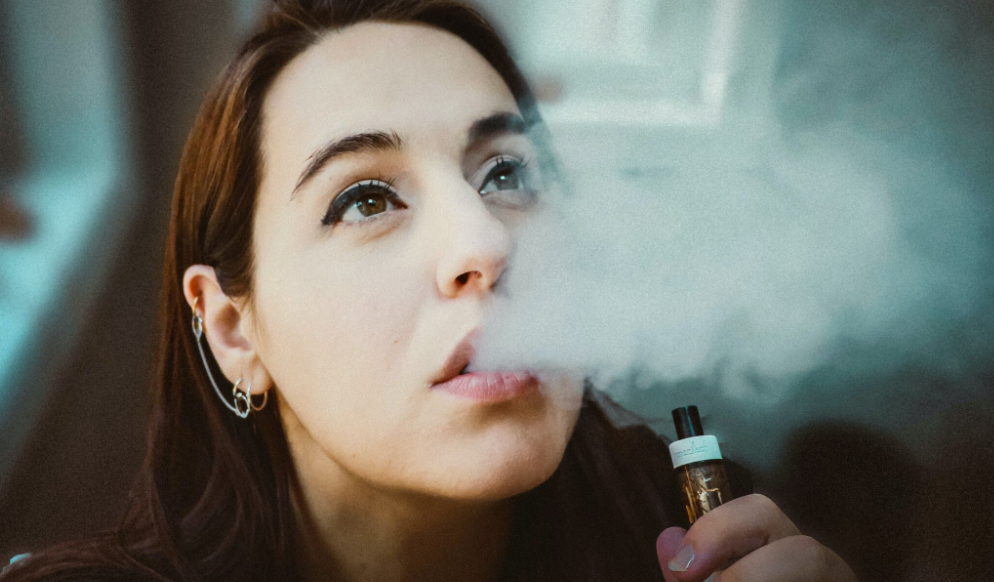The Sweet-Tasting Allure of Vaping: Balancing Risks and Benefits

Vaping has taken the world by storm, with a growing number of users drawn to the bright packaging, sweet flavors, and appealing names of various vaping products. However, the growing popularity of vaping has also raised concerns about its potential health risks, particularly for young people. This article explores the allure of vaping, the risks and benefits associated with it, and the measures that can be taken to minimize its harms.
The Allure of Vaping
With flavors like cherry cola, green gummy bear, and cotton candy, it's no surprise that vapes have a powerful pull on teenage tastes. Social media platforms like TikTok also contribute to the popularity of vaping, with many videos showing young people using these products. However, the sweet-tasting allure of vaping comes with significant risks, particularly for underage users.
The Risks and Benefits of Vaping
Vaping is a relatively new product, and its long-term effects on health are unclear. However, research suggests that vaping can be a safer alternative to smoking cigarettes, making it a useful aid to adults in quitting smoking. On the other hand, vaping can also cause harm, with evidence suggesting that its vapor can contain substances that can cause lung disease, heart disease, and cancer. Nicotine can also harm brain development in young people and lead to mood and attention disorders.
Despite these risks, studies indicate that smokers find vaping a lot more helpful in quitting smoking than nicotine gum or patches. Therefore, the balancing act for public authorities is how to prevent vaping from becoming a path to nicotine addiction for teens while keeping it available as a path away from cigarette addiction for smokers.
The Vaping Epidemic in the US
The US had its own panic over an underage “vaping epidemic” in 2018, fueled by an earlier generation of products dominated by Juul and its sleek, flash drive-style devices using replaceable flavored “pods”. US regulators cracked down, and in 2020 President Donald Trump banned most flavored vape pods and cartridges. Regulatory pressures and legal cases alleging it marketed products to minors have shrunk Juul to a shadow of its former self.
The Surge of Disposable Vapes
However, the US clampdown spurred the development of a new wave of single-use, disposable vapes, many Chinese-made. Their use is now surging, notably across the Atlantic. A study last month in north-west England found one in seven schoolchildren aged 14-17 were regularly vaping, up from just 6 per cent three years earlier. The UK government has championed vaping as an aid to quitting smoking, but is now consulting on curbing underage use.
Banning Vapes: The Pros and Cons
Several dozen countries, including Australia (except for products on prescription), India, and Mexico, have banned vapes altogether. However, barring even just fruit-flavored vapes risks pushing people back to smoking tobacco or illicit or smuggled vaping products. The industry has published research suggesting vapes’ pleasant flavors are an important tool in attracting adult smokers to switch.
Measures to Minimize the Harms of Vaping
Vapes are subject to certain safety rules, and most advertising and sale to minors are banned in the UK and many European countries. However, as products containing nicotine that can cause harm, there is a strong case for subjecting them to similar plain packaging and point-of-sale restrictions as cigarettes. Targeted information campaigns by governments and healthcare bodies can also help minimize the harms of vaping.
However, given the role of user-generated content on social media, controlling marketing of vapes to the underage is trickier than in the era of Big Tobacco. Taxation can also play a role in minimizing the harms of vaping. Even a relatively small tax on vapes could make them hard for children to afford, but still accessible to adults. The EU is working on plans for a bloc-wide minimum excise duty, which could help to address this issue.
Conclusion
Vaping is a complex issue with both risks and benefits. While research suggests that vapes are safer than cigarettes, their long-term health effects are still unknown. Therefore, it is crucial to minimize the harms of vaping, particularly for young people. Governments and healthcare bodies can achieve this by subjecting vapes to similar plain packaging and point-of-sale restrictions as cigarettes, conducting targeted information campaigns, and imposing taxes on vapes. By taking these measures, we can ensure that vapes are still available to adults while protecting vulnerable young minds from their sweet-tasting allure.
FAQs
- What are the potential health risks of vaping?
- Evidence suggests that vaping can cause lung disease, heart disease, and cancer. Nicotine can also harm brain development in young people and lead to mood and attention disorders.
- Can vaping help you quit smoking?
- Studies indicate that smokers find vaping a lot more helpful in quitting smoking than nicotine gum or patches.
- Should vapes be banned?
- Several dozen countries, including Australia, India, and Mexico, have banned vapes altogether. However, barring even just fruit-flavored vapes risks pushing people back to smoking tobacco or illicit or smuggled vaping products.
- How can the harms of vaping be minimized?
- Vapes can be subjected to similar plain packaging and point-of-sale restrictions as cigarettes, targeted information campaigns can be conducted, and taxes can be imposed on vapes.
- What is the role of social media in the marketing of vapes?
- User-generated content on social media makes it trickier to control the marketing of vapes to underage users than in the era of Big Tobacco.